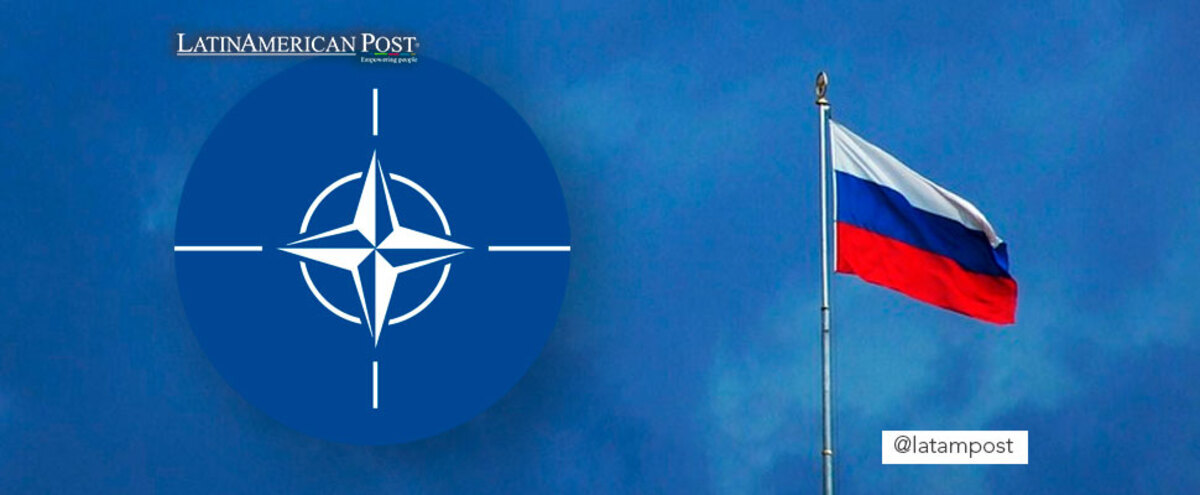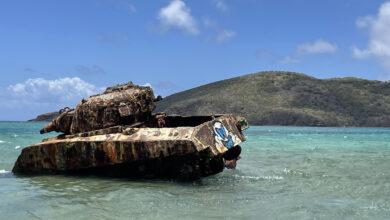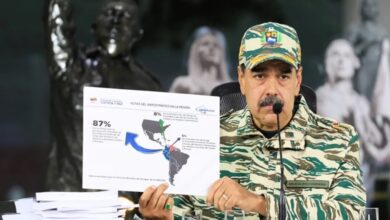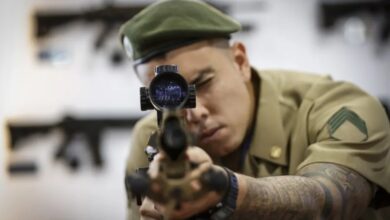NATO vs. Russia: How Balanced Are the Charges If There Is a Direct Confrontation?
As the war between Russia and Ukraine progresses, the possibilities of a military confrontation between Russia and NATO are not completely ruled out. Let's see what resources each of the parties has.

Photo: Pixabay
LatinAmerican Post | July Vanesa López Romero
Listen to this article
Leer en español: OTAN vs. Rusia: ¿qué tan equilibradas son las cargas si hay un enfrentamiento directo?
Since Russia's invasion of Ukraine began in February of this year, the international community has been particularly attentive to two factors. On the one hand, the threats from Russia regarding the use of nuclear weapons and, secondly, Ukraine's entry into NATO, which could mean a nuclear response from Russia.
Last Thursday, October 13, during a press conference after the meeting of NATO defense ministers, and after the multiple missile attacks by the Kremlin, Jens Stoltenberg, Secretary General of the North Atlantic Treaty Organization, He assured that the chances of NATO resorting to nuclear weapons are “extremely remote”. However, he has also assured that "there will be severe consequences if Russia uses any type of nuclear weapons against Ukraine and this is something that Russia knows, something that the allies have transferred to Russia.” For Stoltenberg, “any use of small nuclear weapons would drastically change the nature of the conflict”, so he knows that Russia must also watch its steps.
Although a confrontation between the Soviet country and the organization is very unlikely, it is not impossible. It is no secret that Vladimir Putin is a man who has acted impulsively in the past. Thus, it is worth asking if this confrontation would be balanced on a military level.
Read also: Does Vladimir Putin's Strategy Collapse with the Collapse of the Crimean Bridge?
Russia is the second-largest military power in the world, behind only the United States. Contrary to what one might believe, NATO does not have access to all the military power of the 30 countries that are part of the organization, but rather has its own military reach.
According to the “2022 Military Strength Ranking”, by Global Fire Power, the Soviet country has a PwrIndx rating of 0.0501, (for the ranking the perfect score is 0.0000). When it comes to comparing military power between Russia and NATO, these are the numbers:
Staff
Russia has a total of 825,000 divided into 637,500 frontline and 187,500 reserve manpower, while NATO has a total of 466,590 divided into 336,690 frontline and 129,900 reserve manpower.
Air Force
Russia has a total of 3,130 air force units and NATO has 2,074. These units include interceptors, transport aircraft, refueling aircraft, special mission aircraft, transport helicopters and attack helicopters.
Combat Vehicles
Russia has 9,315 tanks, 22,592 armored attack vehicles, and 4,931 self-propelled guns. NATO, for its part, has 1,515 tanks, 11,653 armored attack vehicles and 504 self-propelled guns.
Artillery
The Soviet country has 5,678 towed artillery pieces and 2,543 rocket artillery pieces, and the organization has 578 towed artillery pieces and 292 rocket artillery pieces.
Naval Force
In total, Russia has 454 naval assets, while NATO has 204. These are categorized into aircraft carriers, helicopter carriers, destroyers, frigates, corvettes, submarines, and mine warfare ships.
Nuclear Weapons
Nor is it a secret that Russia is a power in nuclear arsenal. Of the 13,000 nuclear weapons in the world, Russia (5,977) and the United States (5,428) have 90%. However, NATO allied countries with nuclear power have already mentioned that they would put their nuclear weapons into service. In total, NATO would have 5,493 nuclear warheads (those already mentioned from the United States plus 290 from France and 225 from the United Kingdom).
Budget
When it comes to budget, Russia leads NATO by far. The former has a defense budget of 154 billion dollars, while NATO has one of $1,174,241,000.
Allies
For NATO, the allies are defined, there are 30 countries that are annexed to the organization and there are many others that show their support for Ukraine, but Russia, for its part, does not have clear allies. It is known to have a close relationship with China, a military power with 350 nuclear warheads and 1.6 million active troops (the largest in the world), plus a varied arsenal of planes, aircraft carriers, helicopters, tanks, and submarines.
However, the Asian country has not shown itself to be a strategic ally in this armed conflict, so NATO has the advantage in this regard.
As we can see, Russia's numbers are much larger than NATO's, but Russia must also be very careful when making decisions, because although its arsenal is large, it does not have a good reputation at the moment, and the eyes of the world are put in it.
Likewise, in the face of an escalation of the conflict between the two powers, it is possible that the entire armed forces of the NATO member countries will be made fully available. It is not the same as an invasion operation in Afghanistan or Iraq. Another thing is an open nuclear conflict against the second military power on the planet. The resources allocated in both cases will be different.
This is clearer when most of the member countries of the military treaty are in Europe, a close target for Russian missiles and military invasion. Similarly, today, Russia has already deployed numerous men and military arsenal in Ukraine. Many of these have fallen into the conflict, and opening a larger front for the Kremlin would not be a good strategy.





